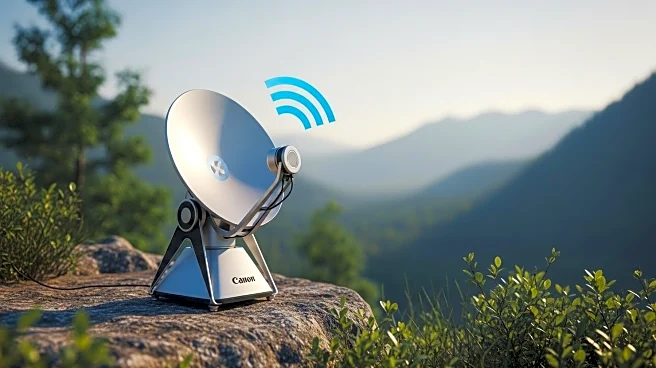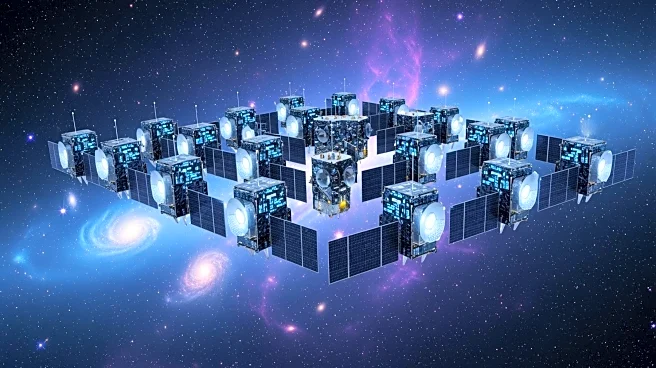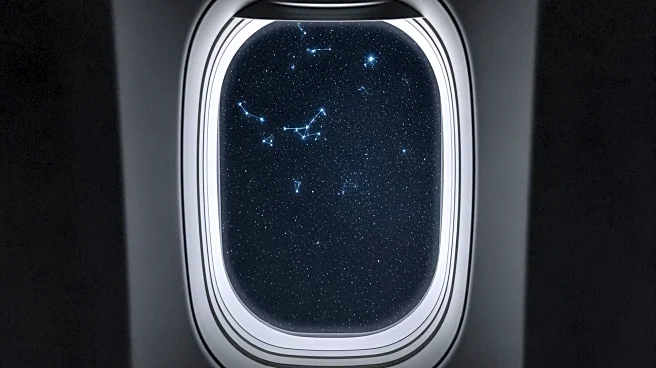What is the story about?
What's Happening?
A recent test of the Starlink Mini satellite dish in the Washington wilderness demonstrated its capability to provide internet access in remote locations. The Starlink Mini, designed for portability, is part of Starlink's Roam plans, offering high-speed internet on the go. It is significantly lighter and uses less power than the full-size Starlink dish, making it suitable for use in RVs, vans, boats, and even on backcountry hikes. The test involved setting up the dish in the North Cascades, where it successfully connected to Starlink satellites, allowing for activities such as streaming live sports and video calls. The setup process is straightforward, requiring a clear view of the sky and a power source, which can be a vehicle, portable power station, or power bank.
Why It's Important?
The ability to access high-speed internet in remote areas is crucial for individuals who travel frequently or live in locations with limited broadband infrastructure. The Starlink Mini provides a solution for maintaining connectivity in such environments, which can be beneficial for outdoor enthusiasts, remote workers, and those in rural areas. However, the service comes with limitations, such as a 50GB monthly data cap and potential latency issues, which may affect activities like online gaming. Despite these drawbacks, the Starlink Mini offers a unique opportunity to stay connected in places where traditional internet services are unavailable.
What's Next?
As Starlink continues to expand its satellite network, improvements in connectivity and service reliability are expected. The company may also address current limitations, such as data caps and latency, to enhance user experience. Additionally, the demand for portable internet solutions like the Starlink Mini could increase, prompting further innovation in satellite technology and mobile internet services. Users interested in the Starlink Mini can explore various mounting options and power solutions to optimize its use during travel.
Beyond the Headlines
The introduction of portable satellite internet solutions like the Starlink Mini highlights the growing need for connectivity in remote and underserved areas. This development could lead to broader discussions on digital inclusion and the role of satellite technology in bridging the digital divide. Furthermore, as more people seek remote work opportunities, the demand for reliable internet access in non-traditional settings may drive advancements in mobile connectivity solutions.
AI Generated Content
Do you find this article useful?















